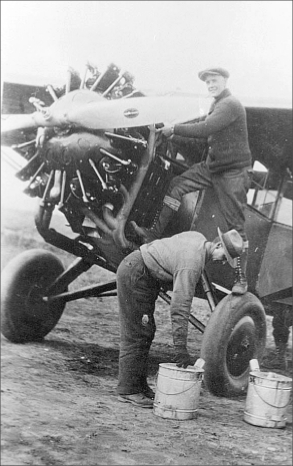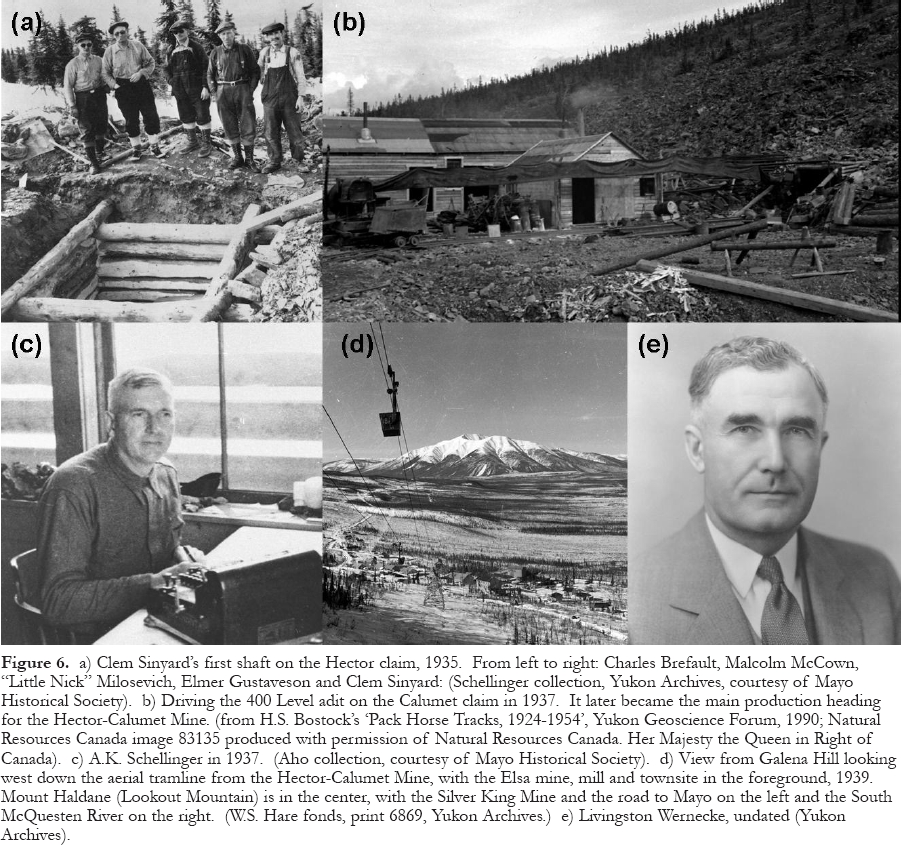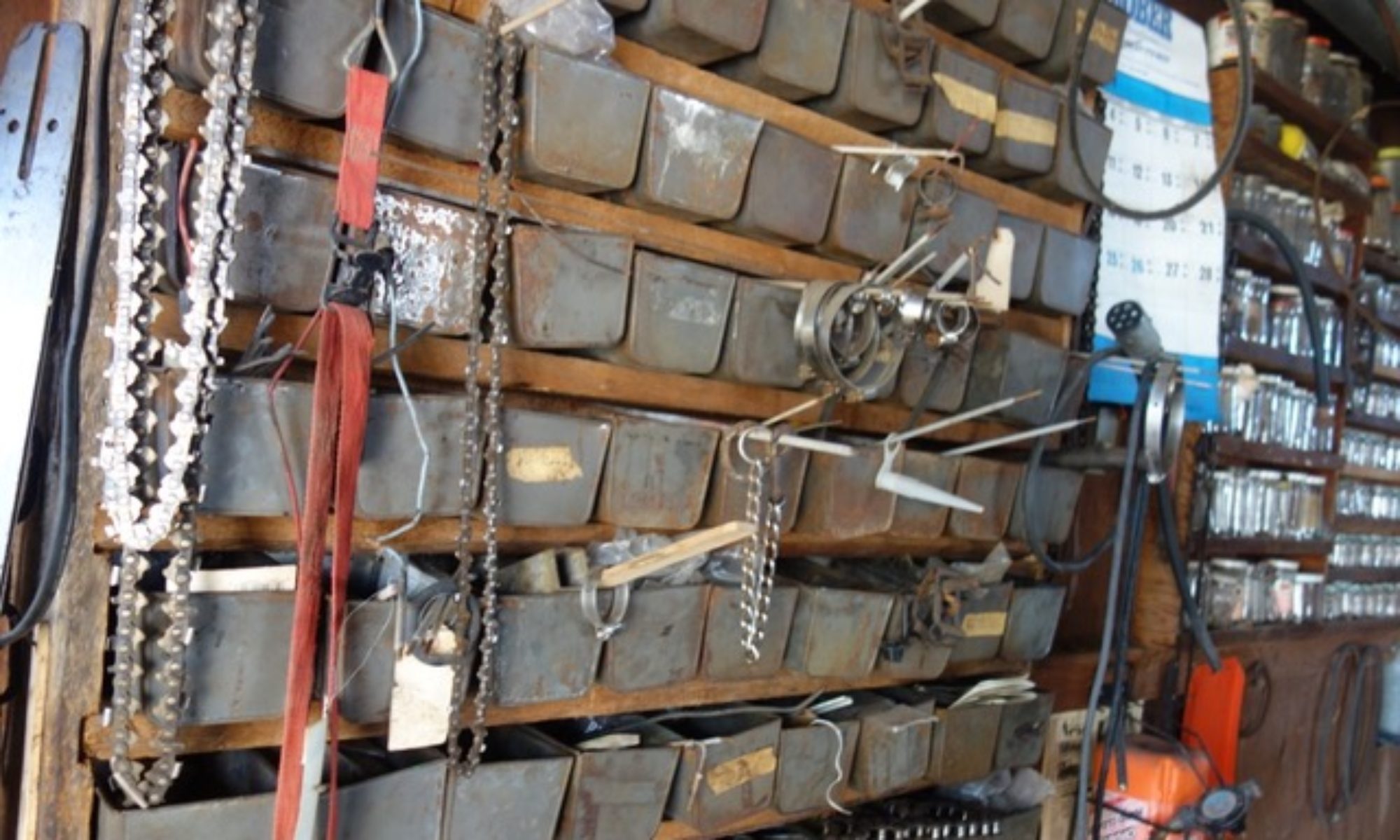EPISODE 248 YUKON DIARY THE TRAGIC DEATH OF LIVINGSTON WERNECKE … AIR RESCUE THAT FAILED
alan skeoch
Feb. 2021
Such a complicated man. Livingston Wernecke. A man whose force of will shaped so much of the
mining history of the Yukon. A man who realized that silver was more important than gold. A man who
watched the Treadwell disaster on Douglas Island, Alaska in 1917 then shifted his attention Keno Hill, Yukon
Territory, Canada. So complicated. A man of few words…action…irritable at times…soft at others.
Loyal throughout. Loyal to the Treadwell Corporation.
Maybe I can gat a handle on his life by the account of his death in 1941. Two months before Pearl Harbour
(Dec. 7, 1941) The Treadwell Yukon Corporation was
bankrupt. Livingston Wernecke was frantic. What could he do to save the company.? Maybe tungsten was
the answer rather than the silver/lead veins of Keno Hill. Something had to be done.
Dec. 7, 1941, Japanese attack on Pearl Harbour
Wernecke was always in a rush…recklessly so. It was late fall. Foggy. Not good flying weather but Wernecke
was a man on a mission. How to save Treadwell from total collapse? His pilot, Charles Gropstis was not a bush
pilot but he was a fine airman in normal weather. The weather was not normal that final day in 1941. Fogged
as dense as a blanket in places. Not all over…just in places. The wrong places as thing turned out.
No matter. Wenrecke wanted to check out a tungsten property Hyder, Alaska, and then
head down the west coast to Settle. They never made it.
America was not yet at war but the war in Europe was forcing the United States into commitment. And events in the
East were also troubling. Tungsten is an important part of weaponry. Wernecke thought the US would need more tungsten shortly.
Applications of Tungsten in the Military
As we know, the service life of steel barrels is not long. Therefore, in order to prolong the service life of the barrel, that is, to enhance the barrel’s resistance to the corrosion of gunpowder burning, people added tungsten to gun steel as early as 1822.
By the time of World War I, German ordnance engineers had paid special attention to tungsten barrels. There are data records that at that time, the light machine guns of Russia and France could only fire about 6,000 rounds and were damaged, while the light machine guns of Germany could fire 15,000 rounds, which was more than doubled. To this day, the German ordnance industry is still well-known in the world. And tungsten steel has been applied to all kinds of military equipment.
Armour piercing tungsten bullets
Nothing wrong with the airplane. It was brand new…a five passenger Bellanca Skyrocket float plane powered by
a 550 horsepower Pratt andWhitney radial engine. Even the lousy weather was not a big problem. Flyable.
The problem was Livingston Wernecke. He was a reckless person…always a rush. Rushing places was normal
for mining geologists. Get to sites first. Get claims tagged. Get fast assays on ore samples. Get what was
needed to open a mine and get whatever needed fast. He drove a car with abandon. He encouraged his pilots
to take chances. He pushed men and machines to get mines in production as fast as possible. Faster.
Although he never said much…some called him irascible…he was a good man. Prepared to make life
pleasant for his miners. Loved the wilderness life and the men and women with whom that life was shared.
The next Episode will provide a better picture of Livingston Wernecke.
Wernicke wanted to rescue Treadwell Yukon which faced a 10 million dollar debt and a board of directors that did not seem to
give a sweet goddamn about Keno Hill and Yukon Silver prospects. I can just imagine the torment he felt. He had spent
20 years of his life loyally supporting his company and now, with a world war raging, no one seemed to shar his concern that
Treadwell Yukon was finished. Perhaps the wartime need for Tungsten would resuscitate things.
Livingstone was in
a rush when Gropstis was told to take off and fly down the coastline towards Seattle. The weather closed in. Visibility
was OK but reducing fast. The pilot sought a lower altitude. Thick clouds above…whispy patches of fog below.
Then Gropstis spotted something unusual. A plane floating upside down in the ocean with two victims waving frantically
on the wreckage. Wernecke and Gropstis must have agreed on the rescue. Their plane was in fine shape…almost
brand new and outfitted with pontoons for the ocean landing. The rescue should have been easy. Circle. Then come
around for a final approach into the wind.
They never saw the tree that was hidden in a fog bank. WHAM! Later the victims in the water would describe the horror
they felt when Wernecke’s Bellanca just disintegrate before their eyes. Livingston Wenrekce and his pilot
were killed instantly.
Two days later the men in the water were rescued and described the last few minutes of Livingtons life.
The death of Livingston Wernecke paralleled the death of Treadwell Yukon. Wernecke was buried in
Berkeley, California. Treadwell Yukon was mothballed on Keno Hill, Yukon Territory. Other assets were sold including
his to compete with INCO in Sudbury, Ontario ..Errington Mine property. Whatever high grade silver/lead concentrates remained
at Elsa were sent to the refinery. The camps were stripped bare and abandoned. Much of the remaining gear was sold to the Alcan
highway.
In 1946 Thayr Lindsay bought the now derelict Treadwell mines.
A double tragedy for Keno Hill.
Mining continued in the Mayo district however.
In 1962 when we arrived in the Yukon with our sophisticated Turam geophysical equipment, Livingston Wernecke was forgotten except for old timers..
AND Dr. Aaro Aho who gave Livingston Wernecke recognition in his book Hills of Silver.. I had never heard of Livingston Wernecke.
alan skeoch
Feb. 2021
NEXT STORY: LIVINGSTON WERNECKE ON KENO HILL 1920’S AND 1930’S
P.S. See if you can find the SERIOUS ERROR in this document. It threw me for a loop. So easy to make errors if a document
does not have an editor. When I found this citation by accident I thought the error in spelling was my error so I changed all references
to Livingston Wernecke. Turns out it was not my error. See the error yet?…below. I must contact the publisher.
ALASKA MINING HALL OF FAME FOUNDATION
Livingston Wenrecke
Print Friendly Version
Livingston Wenrecke, explorer, scientist, and mine executive, was born January 16, 1883 in Livingston, Montana and named for that Rocky Mountain city. Wenrecke graduated with honors in mining engineering and geology from the University of Washington School of Mines in 1906.
Wenrecke started his mining career as a draftsman, and later as a construction engineer at the Nevada Consolidated Copper Company plant in Ely, Nevada. He was chief engineer for the Copper River and Northwestern Railroad from 1910 to 1912.
From 1913 to 1917, Wenrecke was chief geologist for the Treadwell Mine. During that period he investigated causes of subsidence in the mine and wrote a lengthy report with a recommendation of a 40-month plan of action on controlling the problem. The Treadwell Board of Directors approved his recommendations in September of 1916, but there was not enough time to fully implement it before the mine flooded on April 21, 1917. While investigating the cave-in and flooding of the mine, he was the last man to be lifted out of the mine.
During the four years following the flooding of the Treadwell mine, Wenrecke examined hundreds of prospects by dog sled and aircraft throughout Alaska, British Columbia and the Yukon on behalf of the company. His search led to the development of the Nixon Forks mine near McGrath, which he managed from 1919 to 1925.
From 1918 until the time of his death, Wenrecke was the chief geologist for the Alaska Juneau mine, vice-president and manager of the Treadwell Yukon Mining Company. In 1921, on behalf of the Treadwell Yukon Company, he purchased and operated the northernmost silver mine in the world in the Mayo district of the Yukon. It was there that he pioneered aviation in northern mining and the use of tractors to haul ore over snow. Much of Wenrecke’s early flying was over territory never before explored by air or ground. His notes and photographs taken on flights east from Point Barrow into the vast reaches of the Canadian arctic were turned over to the Canadian government, which hailed them as valuable contributions to the knowledge of its geography.
In 1929, Wenrecke’s geologic report predicted that a rich ore-body would be found at depth in the northern half of the A-J Mine. His prediction came true and led to the most profitable years in the mine’s history.
A co-founder of the mine’s loan fund for needy students at the University of Washington, Wenrecke lectured there many times on visits while traveling between his Berkeley home and his northern interests.
In his home in Berkeley, California he built an advanced scientific laboratories, which included a rock cutter and thin-section grinder of his own design.
On October 21, 1941 Wenrecke and his pilot Charles Gropstis, while returning from an investigation of the Riverside Tungsten mine near Hyder, Alaska, perished in a plane crash on the shore of Millbank Sound, British Columbia.
Equally at home in the boardrooms of eastern corporations and in the arctic wilds, Wenrecke died as he would have wanted to die, his friends believed – quickly, and in the wilderness where he won so many victories in life.
Written by Charles C. Hawley and John Mulligan, 1999





